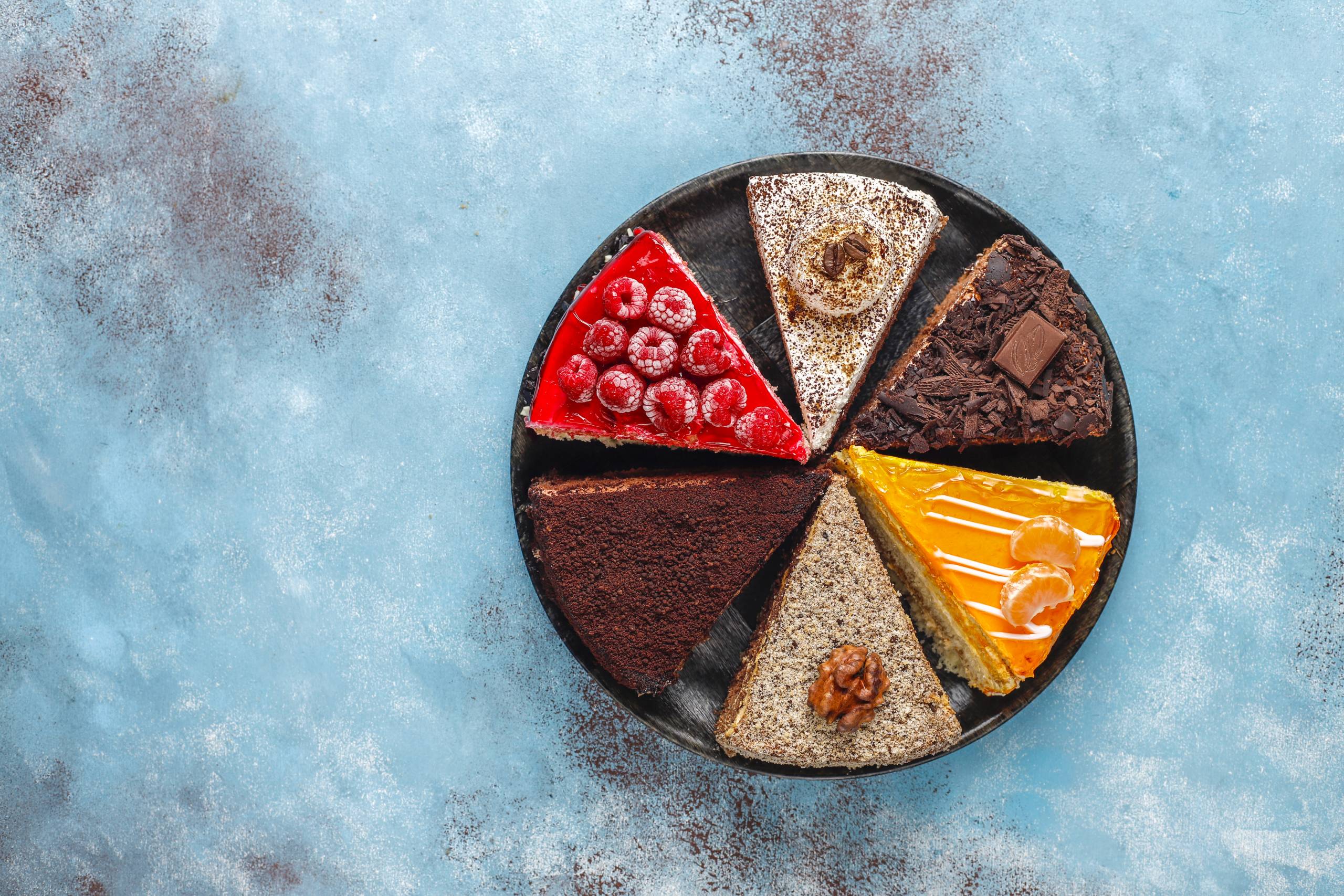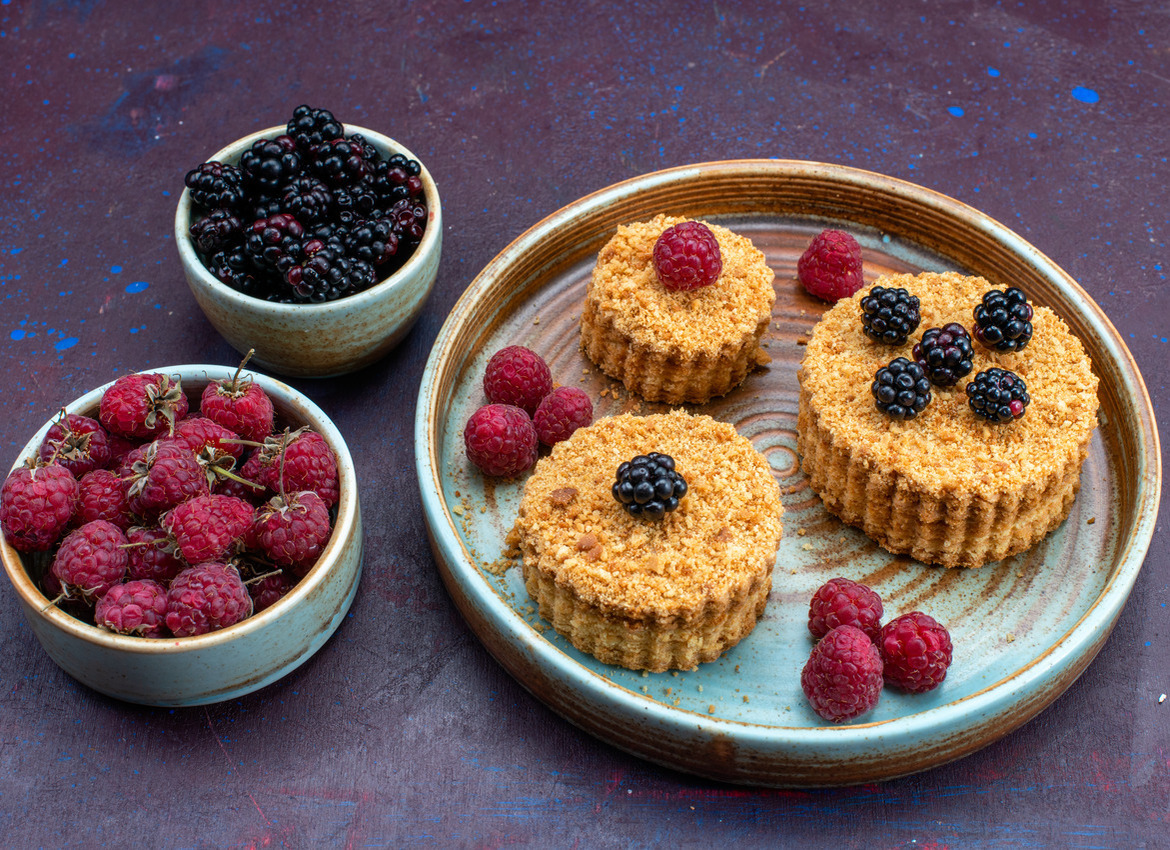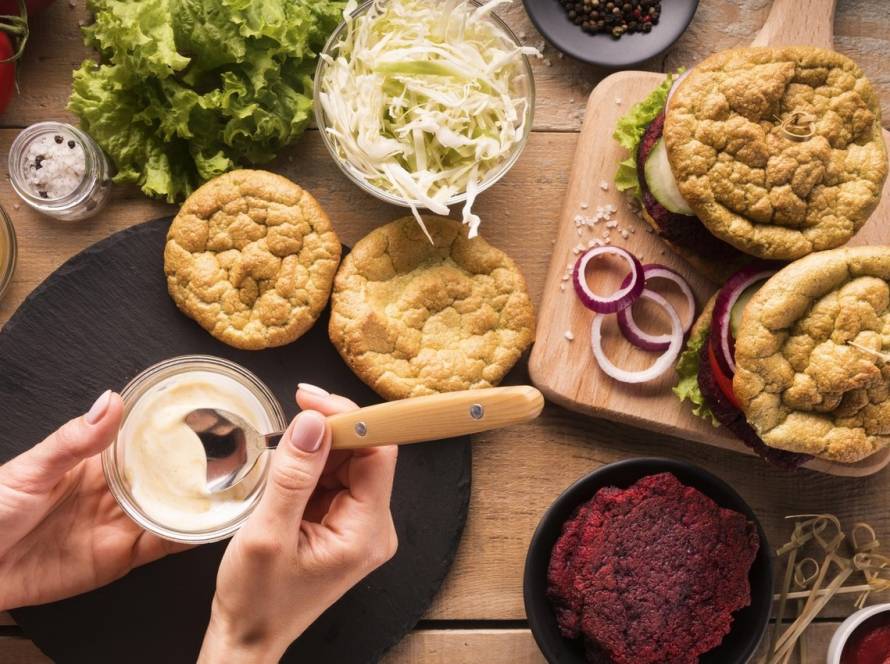Introduction to Gluten-Free Desserts
Gluten-free baking is a wonderful way to create delicious treats that cater to those with celiac disease or gluten sensitivities. The growing demand for gluten-free options has transformed the way we approach dessert-making, resulting in a world of innovative recipes and techniques. While gluten-free desserts baking presents unique challenges, understanding the key ingredients and how to balance them can lead to outstanding results.
Expanding the Range of Gluten-Free Desserts
A World of Gluten-Free Possibilities
The growing interest in gluten-free diets has sparked an incredible evolution in dessert innovation. While simple gluten-free desserts were once considered a challenge or a compromise in taste and texture, advancements in gluten-free baking have opened up a new world of possibilities. With the right ingredients and techniques, you can now enjoy a wide variety of treats that are every bit as satisfying as their traditional counterparts.
Combining Flours for the Best Results
When it comes to crafting the perfect gluten-free dessert to buy, understanding how to blend different types of flours is essential. While each flour brings a unique quality to the table, using a mix of flours is often the key to achieving the desired flavor, texture, and moisture level.
For example, pairing rice flour with a bit of cornstarch can help create a lighter texture, while almond flour gives your dessert a rich, moist base. Coconut flour, on the other hand, needs to be used in small quantities due to its high absorbency but can offer a unique flavor and texture in cakes, muffins, and pancakes.
Understanding the Role of Starches
Starches are a game-changer in gluten-free baking, providing the lightness and airy texture typically associated with gluten. Potato starch, cornstarch, and tapioca starch are commonly used to fill in for gluten, helping desserts to rise and retain moisture. These starches also aid in binding and improving the overall mouthfeel of your baked goods.
Enhancing Structure with Binding Agents
Without the presence of gluten, binding agents become essential in gluten-free desserts. Ingredients like xanthan gum, guar gum, and psyllium husk help mimic the elasticity of gluten and keep your desserts from crumbling. These agents allow the dough or batter to hold together and maintain a pleasant texture, whether you’re making cookies, cakes, or even pizza crusts.
Perfecting Moisture Levels
In gluten-free baking, moisture balance is one of the most critical aspects. Gluten-free flours can absorb moisture differently, often leading to dry, crumbly results if not managed properly. To maintain the right texture, it’s essential to use ingredients that help retain moisture, such as yogurt, sour cream, or pureed fruits like applesauce or bananas. These ingredients not only keep your desserts moist but also bring a touch of flavor that complements the other ingredients.
Experimenting with Flavor Combinations
Fruit, Nuts, and Spices
Gluten-free baking offers the perfect opportunity to experiment with different flavor profiles. For example, incorporating fruits like berries, mango, or citrus can elevate your desserts, adding both sweetness and tang. Nuts like walnuts, pecans, or hazelnuts contribute crunch and flavor, while spices such as cinnamon, vanilla, and nutmeg bring warmth and depth.
The beauty of healthy gluten-free desserts is the ability to combine flavors in ways that are impossible with traditional recipes. These flavor pairings, coupled with innovative techniques, make gluten-free baking an exciting culinary experience.
Creating Signature Gluten-Free Desserts
As gluten-free baking continues to evolve, many chefs and home bakers are pushing the boundaries to create signature desserts. From perfectly chewy cookies to delicate pastries, there are no limits to what can be achieved with a bit of creativity and knowledge of gluten-free ingredients.

Gluten-Free Desserts Recipes
Gluten free dessert recipes offer a delicious and inclusive way to enjoy sweet treats without compromising on flavor or texture. Whether you have celiac disease, gluten sensitivity, or simply prefer to avoid gluten, there are countless creative and satisfying options to try. From rich chocolate creations to fruity favorites, gluten-free desserts can be just as indulgent and enjoyable as traditional ones.
Easy Gluten-Free Desserts Ideas:
- Flourless chocolate cake – rich, dense, and decadent
- Almond flour cookies – soft, chewy, and naturally gluten-free
- Coconut macaroons – sweet and simple with minimal ingredients
- Gluten-free brownies – fudgy and full of chocolate flavor
- Lemon bars with gluten-free crust – tangy and refreshing
- Chia seed pudding – a healthy, customizable treat
- Meringue cookies – light, airy, and perfect with fruit
- No-bake peanut butter bites – quick gluten-free dessert, easy, and satisfying
Read about: How to Bake Fluffy Gluten-Free Cakes
Elevating Gluten-Free Desserts: Tips and Tricks
The world of gluten-free baking is full of exciting possibilities. Here are some additional tips and tricks to elevate your gluten-free desserts from good to extraordinary:
1. Embrace the Power of Protein
While gluten-free flours provide structure, incorporating protein-rich ingredients can significantly enhance the texture and nutritional value of your desserts.
- Eggs: Eggs provide binding, leavening, and richness. Experiment with adding an extra egg yolk to enhance the moisture and tenderness of cakes and brownies.
- Nut Butters: Nut butters, like almond butter or cashew butter, add a creamy texture and a boost of healthy fats. They work wonders in cookies, brownies, and even frostings.
- Greek Yogurt: Greek yogurt adds moisture, protein, and a subtle tang to cakes, muffins, and quick breads. It can also be used as a healthier substitute for sour cream in some recipes.
2. Flavor Infusion:
Don’t be afraid to experiment with flavors! Best Gluten-free baking allows you to explore a wide range of ingredients that can add depth and complexity to your desserts.
- Spices: Warm spices like cinnamon, nutmeg, and ginger add warmth and depth to cakes, cookies, and pies.
- Extracts: Vanilla extract is a staple, but consider experimenting with almond extract, coconut extract, or even citrus zest for a brighter flavor profile.
- Chocolate: High-quality chocolate can transform any gluten-free dessert. Experiment with different percentages of cacao for varying levels of richness and intensity.
3. Texture Perfection:
Achieving the perfect texture is crucial in gluten-free baking. Here are some techniques to master:
- Proper Mixing: Overmixing can lead to tough and dense results. Mix until just combined to maintain a light and airy texture.
- Resting Batters: Allowing batters to rest for a short period before baking allows the flour to fully hydrate, resulting in a more tender crumb.
- Temperature Control: Gluten-free baked goods tend to brown faster. Keep a close eye on your oven and adjust baking times as needed.
4. Presentation Matters:
The way you present your gluten-free treats can elevate the entire experience.
- Garnishes: Fresh fruit, chocolate shavings, or a dusting of powdered sugar can add a touch of elegance.
- Layering: Create visually appealing desserts by layering different textures and flavors.
- Serving Dishes: Choose attractive serving dishes that complement your dessert.
Conclusion: The Future of Gluten-Free Desserts
The future of healthy gluten-free desserts is bright, with more options and improved techniques emerging every day. Whether you’re baking to accommodate dietary needs or simply exploring new ingredients, gluten-free desserts offer endless opportunities for creativity. By mastering the art of blending flours, using the right binding agents, and balancing moisture, anyone can create desserts that are just as indulgent and satisfying as their gluten-filled counterparts.




